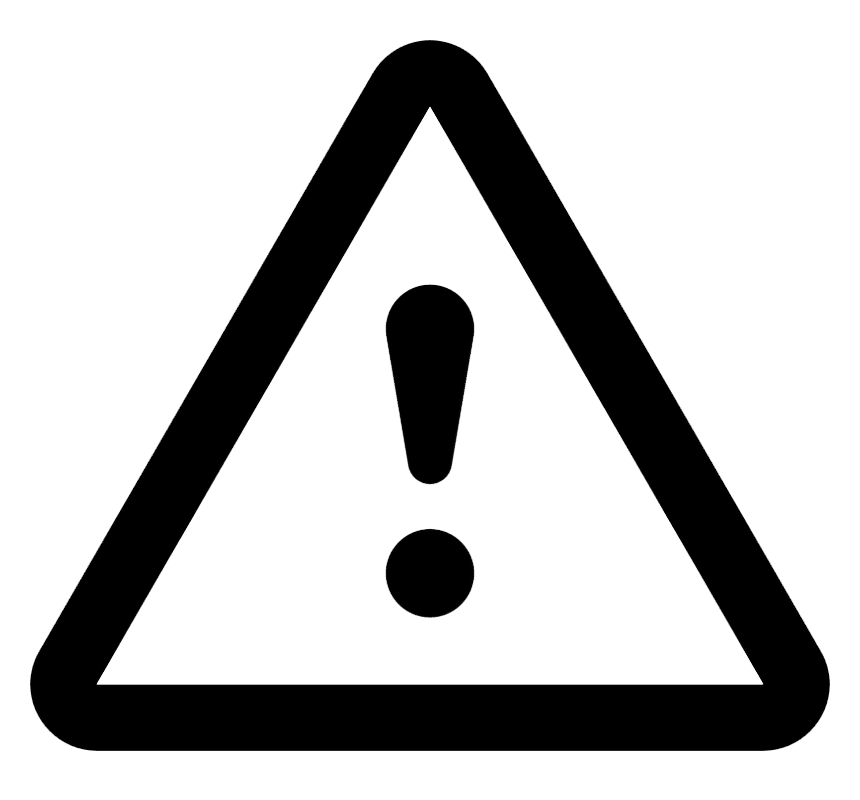On average, 30-40% of patients admitted to the Epilepsy Monitoring Unit are diagnosed with a non-epileptic paroxysm. While a large majority of these cases are psychogenic non-epileptic attacks (PNEA), there is a long list of paroxysms which can be misdiagnosed as epilepsy. Below is a breakdown of various high-yield paroxysms by age.
Author: Brian Hanrahan, MD
Newborn period
Benign neonatal sleep myoclonus
- Clinical features of benign sleep myoclonus are repetitive, high-frequency myoclonic jerks of the limbs. Myoclonus can be generalized or involve a single limb.
- It typically appears soon after falling asleep and disappears with arousal.
- Symptoms resolve by 4-6 months of age.
- Treatment is not needed. Anti-epileptic drugs may make movements worse.
Hyperekplexia
- Presents as a sudden, exaggerated startle response followed by prolonged rigidity and apnea. Episodes are often triggered by an unexpected auditory or tactile stimuli.
- Several genes have been related to the disease but the most common is a glycine receptor alpha-1 subunit (GLRA1) gene mutation.
- Secondary hyperekplexia can also be seen secondary to a brain injury.
- In severe cases, clonazepam can be used for treatment.
- Phenobarbital may be considered as a second line agent.
Jitteriness
- The most common paroxysm appreciated in the neonatal period.
- Movements are best described as involuntary, rhythmic, oscillatory tremors.
- Can be triggered by touching the affected limb and suppressed with flexing the affected limb.
- Risk factors for jitteriness include prematurity, intracranial hemorrhage, sepsis, maternal substance abuse, and hypothermia. They can also be benign in the first few days of life.
Infancy and Childhood
Benign paroxysmal vertigo (BPV)
- BPV is felt to be a migraine equivalent seen in children younger than 6 years of age.
- Episodes consist of dizziness, nausea/vomiting, and gait disturbance, lasting less than 5 minutes in duration.
Reminder
Benign paroxysmal vertigo (BPV) is different than benign paroxysmal positional vertigo (BPPV)


